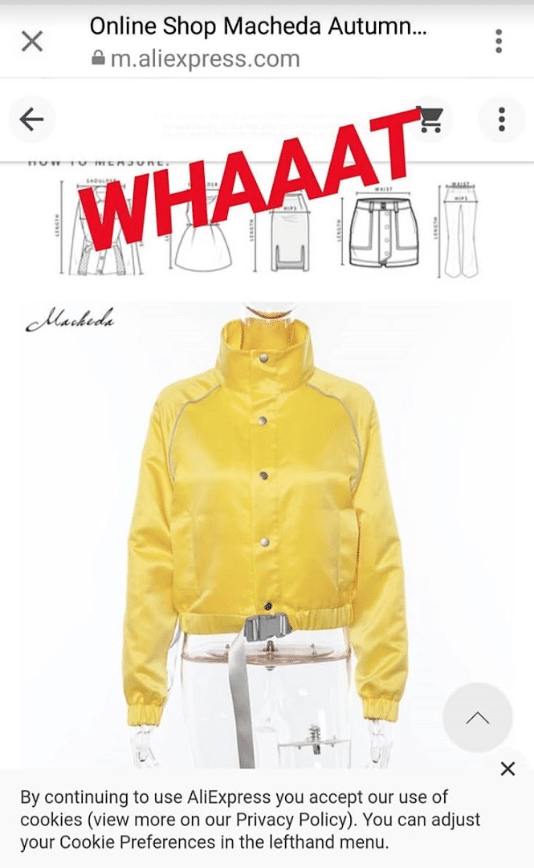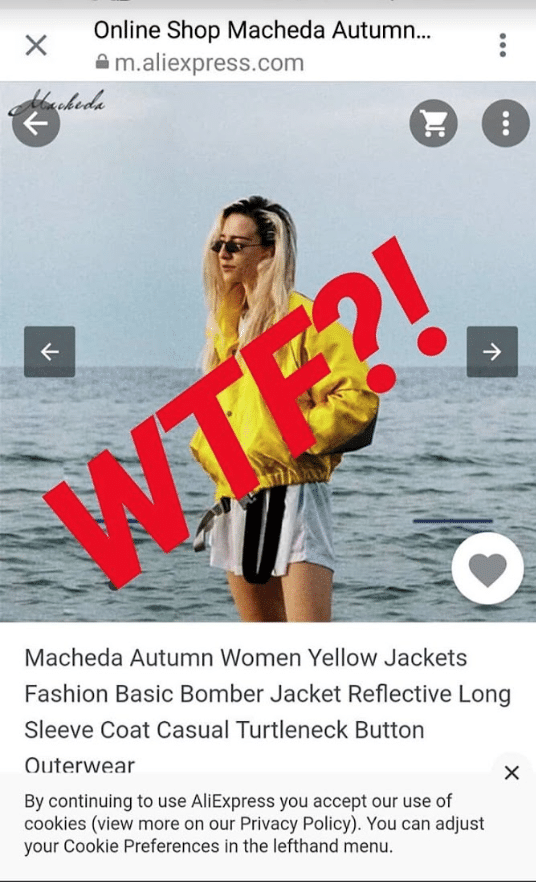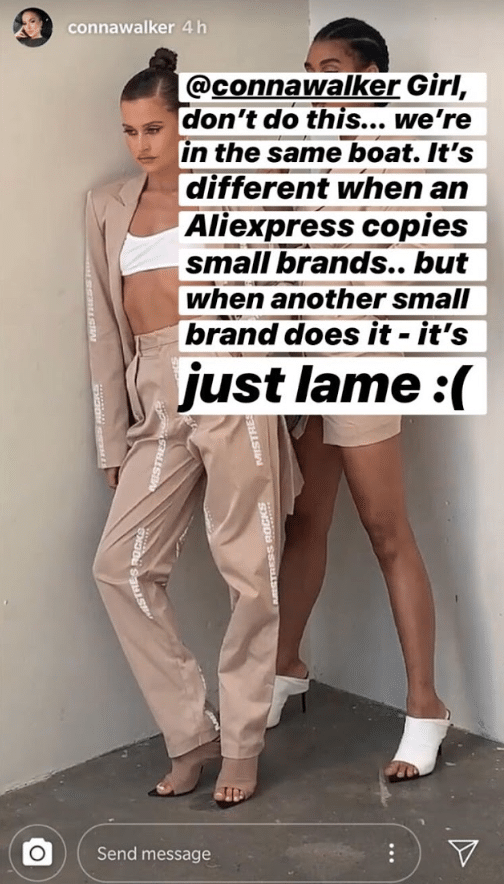The imitation game
Since when did fast fashion upcycle?
The idea of fast fashion brands copying a sustainable upcycling brand is beyond ironic…
Copying is the highest form of flattery? We say this to take the sting out of the idea that our idea is no longer original and that we can no longer call it our own. In the fashion industry, it is inevitable; it’s a sign of evolution in design and creativity. However, when young independent designers wake up, check their phone and can see the latest thing to come out of Aliexpress is their best selling design or copies of their most iconic looks reaching the high street without even a nod of gratification or recognition to its origins, the feeling of flattery soon wears off.
Fighting for recognition
The dirty little secret of the fashion industry, one that follows swiftly behind fast fashion, is the copycat nature that shamelessly rears its head season after season. Young Independent designers around the world are fighting for recognition for a design that was theirs in the first place. There is very little protection in place for these young designers, case after case has appeared on social media of young designers calling out brands for replicating their designs; one that stood out to me the most was the case of Edda Gimnes Vs. Moschino. Gimnes was called into a meeting with Moschino and produced every item of her work in 2017 only to see her designs walking down the runway in 2018. Young designers and graduates have neither security nor safety net, without funding it’s near impossible to pursue legal action without bankrupting themselves. At one of my past internships, I recall overhearing the head designer state “what are interns for if you cant steal their designs” the ultimatum of having your designs used and speaking up about it, could lead you to be fired.
Hitting home
A design of my close friends ended up in the collection of a top London designer without permission or even asking or saying ‘we love this can we use it?’ its soul-destroying for a young graduate to be treated as if they aren’t even worth paying. This is the fashion industry-cutting corner, avoiding cost where they can.
This was a reality for us at Melisa Minca. Friends of Melisa spotted her designs on Aliexpress and to add salt to the wounds they stole her own photos of herself wearing the stolen design. But this hasn’t been the first time. House of CB and brands such as Mistress Rocks all seem to be mysteriously developing a very to similar style Melisa Minca. Maybe the insult is that it’s other smaller brands stealing designs. It’s a case of ‘we should know better’.
The consequences
There is a severe lack of protection for these vulnerable designers who are just seeking recognition, this doesn’t just effect their creative representation but their livelihoods. Why should big brand take credit and revenue from other creativity? Starting your own brand is full of blood sweat and tears, with brands just reaping the reward of that hard work, it is soul destroying. This copycat nature of the fashion industry not only affects the designers at the bottom but the designers at the top.
Imitation has always trickled down from the high-end catwalks that’s how our high street has emerged, however, the consequences are becoming more physical every day. High-end designers are following a fast fashion mentality of releasing more and more ready to wear collections as to beat the high street to releasing their designs onto the market. This was apparent when Christopher Bailey ended his 17-year stint as Burberry’s head designer with a triumphant collection that was ready to sell as the models were walking down the runway. This was adopted to ensure that High Street brands such a Zara and Topshop were unable to copy the designs and release them on to the high street before Burberry released their items into their own store. Though this seems to be working for now, where will this lead us? The industry knows that this system needs to slow down and that it’s clearly an unsustainable method. But how else are we meant to secure our own creativity?
What can we do?
Our knight in shining armour, for now is Instagram page @DietPrada, calling out all levels of copy cat behaviour, and dissolving the illusion of where fashion comes from. But for the most of us, it’s down to asking politely, then demanding, and then appealing. If we don’t get heard we shout louder, we post and share and make sure that everyone is aware. But as we all know those who have worked for smaller brands, sometime it’s just not worth the effort and it’s important to continue on a focus our creativity on our next project. We as consumers also have a responsibility, don’t purchase the cheaper option, it not only affects the livelihood of the original creator, but also encourages the issue of fast fashion and supports status quo. We all know those immortal words ‘buy less, choose well’, choose to support those where the ideas come from, don’t line the pocket of the copycats, those who encourage fast fashion.



Written by Lily Strachan
